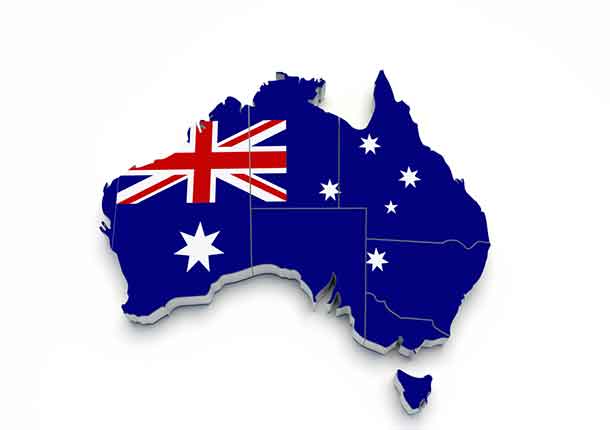The country’s east coast has suffered through two years of below average rainfall, devastating agricultural production and stoking a political debate over the impact of climate change
By Colin Packham
SYDNEY (Reuters) – Australia’s most populous state of New South Wales on Tuesday imposed water restrictions for the first time in a decade with dam levels at just over 50% due to a prolonged drought.
The country’s east coast has suffered through two years of below average rainfall, devastating agricultural production and stoking a political debate over the impact of climate change.
With the drought showing no sign of abating, state authorities said residents can only water their lawns and gardens between 10 a.m. and 4 p.m. Washing of hard surfaces such as driveways will be prohibited from June 1.
New South Wales, home to about a third of Australia’s 25 million people and its biggest city Sydney, last imposed water restrictions in 2009.
New South Wales Water Minister Melinda Pavey said the latest outlook for dry, hot conditions had forced the government’s hand.
“The Bureau of Meteorology’s latest forecast is predicting below-average rainfall and higher temperatures for June to August, which are key drivers of stronger water demand,” Pavey said in a statement.
Dam levels in the state are now just over 50%, down sharply from 96% in April 2017, she said.
The state has received less than 70% of its typical average rainfall since May 2017, according to meteorology bureau data. While the threat of El Nino – which is associated with dry weather across Australia’s east coast – has eased in recent weeks, the dry weather persists.
With less than 50mm of rain in May, wheat farmers in the state face a third straight year of below average production, a drain on the state’s economy.
(Reporting by Colin Packham; editing by Darren Schuettler)







